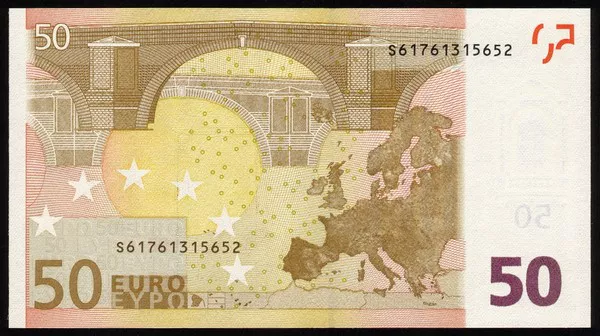In today’s European session, the EUR/USD pair maintained a narrow range above the key support level of 1.0700, as investors awaited further cues on monetary policy from both the European Central Bank (ECB) and the Federal Reserve (Fed).
Earlier in June, the ECB initiated rate cuts in response to anticipated inflation reaching its target of 2% within the Eurozone. However, ECB officials have refrained from committing to a definitive rate-cut trajectory, citing concerns over persistent inflation pressures in the services sector. They anticipate a gradual return to the 2% inflation target by 2025 amidst a potentially uneven inflation path.
Adding to market uncertainty, political developments in France have also impacted the Euro’s stability. Investors are cautious about potential economic implications should Marine Le Pen’s National Rally party come to power following parliamentary elections. The party’s manifesto promises reforms including lower retirement ages and increased public spending, which could pose challenges to the EU’s second-largest economy.
On the US front, the USD has faced volatility following May’s slower-than-expected retail sales growth, fueling speculation of potential rate cuts by the Fed. The latest retail sales data showed marginal growth, driven by lower gasoline prices and subdued demand in certain sectors. Market expectations for a September rate cut have increased to 67%, up from 61.5% prior to the retail sales report.
Technically, EUR/USD continues to encounter resistance around 1.0740, constrained by a downward-sloping border of a symmetrical triangle formation on the daily chart. Support levels are anticipated at 1.0636 and 1.0600, with the pair recently dropping below the 200-day Exponential Moving Average (EMA), signaling a bearish long-term outlook.
As the 14-period Relative Strength Index (RSI) remains below 40.00, momentum indicators suggest potential bearish sentiment unless there is a significant shift in market fundamentals.
The EUR/USD pair remains poised for further developments in central bank policies and political landscapes, influencing its near-term direction amidst ongoing market volatility.
Related Topics:

























